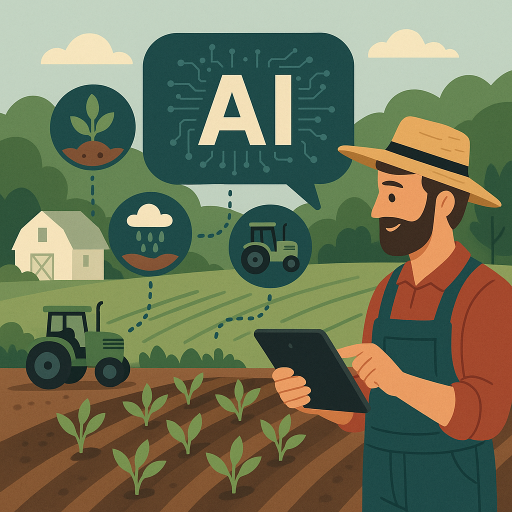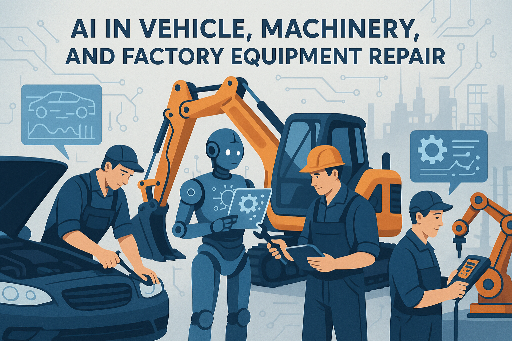
Empowering Small Farms with Big Intelligence

Artificial intelligence (AI) is poised to become a transformative force for small and family-owned farms across the United States. By harnessing AI-driven tools, farmers can gain real-time insights into soil health, weather patterns, crop performance, and livestock management. These technologies allow for data-driven decisions that were once only accessible to large-scale industrial operations. For small farms, AI offers a way to optimize resources, reduce waste, and maximize yields without expanding acreage or increasing labor costs—empowering family operations to stay competitive in an evolving agricultural economy.
One of the most promising applications of AI lies in predictive analytics and precision agriculture. AI algorithms can analyze historical farm data alongside satellite imagery and sensor inputs to forecast everything from pest outbreaks to ideal planting schedules. This enables farmers to make smarter choices about irrigation, fertilization, and harvest timing, boosting productivity while conserving valuable resources like water and energy. Additionally, AI-driven machinery, such as autonomous tractors and robotic harvesters, can help address labor shortages and reduce the physical burden on farm families, preserving traditional lifestyles while embracing innovation.
Beyond operational efficiency, AI can open new avenues for marketing and customer engagement. Intelligent systems can help farmers forecast market trends, manage direct-to-consumer sales platforms, and customize crop production to meet shifting consumer demands for organic, local, and specialty foods. With the right support and implementation, AI technologies can level the playing field for small and family-owned farms—ensuring they not only survive but thrive as vital stewards of America's agricultural heritage in the 21st century.
Smarter Repairs, Faster Results:
AI Transforming Maintenance in the Modern Age

Artificial intelligence is revolutionizing the way repairs are diagnosed and performed across the automotive, machinery, and industrial equipment sectors. Through AI-driven diagnostic systems, sensors and data logs can be rapidly analyzed to detect anomalies, predict component failures, and identify root causes with precision that far exceeds traditional methods. This reduces guesswork and eliminates unnecessary part replacements, significantly cutting down repair time and costs for vehicles, heavy machinery, and factory systems alike.
In the field, AI-powered tools such as augmented reality overlays and voice-guided expert systems are enabling technicians of all skill levels to perform complex repairs with step-by-step assistance. For example, in a vehicle or tractor repair setting, wearable devices or tablets can display live instructions or highlight the exact location of a faulty component. These systems are continuously updated with the latest technical data and repair strategies, making even legacy equipment easier to maintain.
On the factory floor, AI integrates with maintenance management systems to provide predictive maintenance insights, automatically schedule repairs, and coordinate parts procurement based on real-time performance metrics. This helps prevent costly breakdowns and extends the life of critical infrastructure. As AI continues to learn from every repair cycle, its ability to optimize labor, reduce equipment downtime, and ensure operational continuity becomes an indispensable asset for modern maintenance operations.